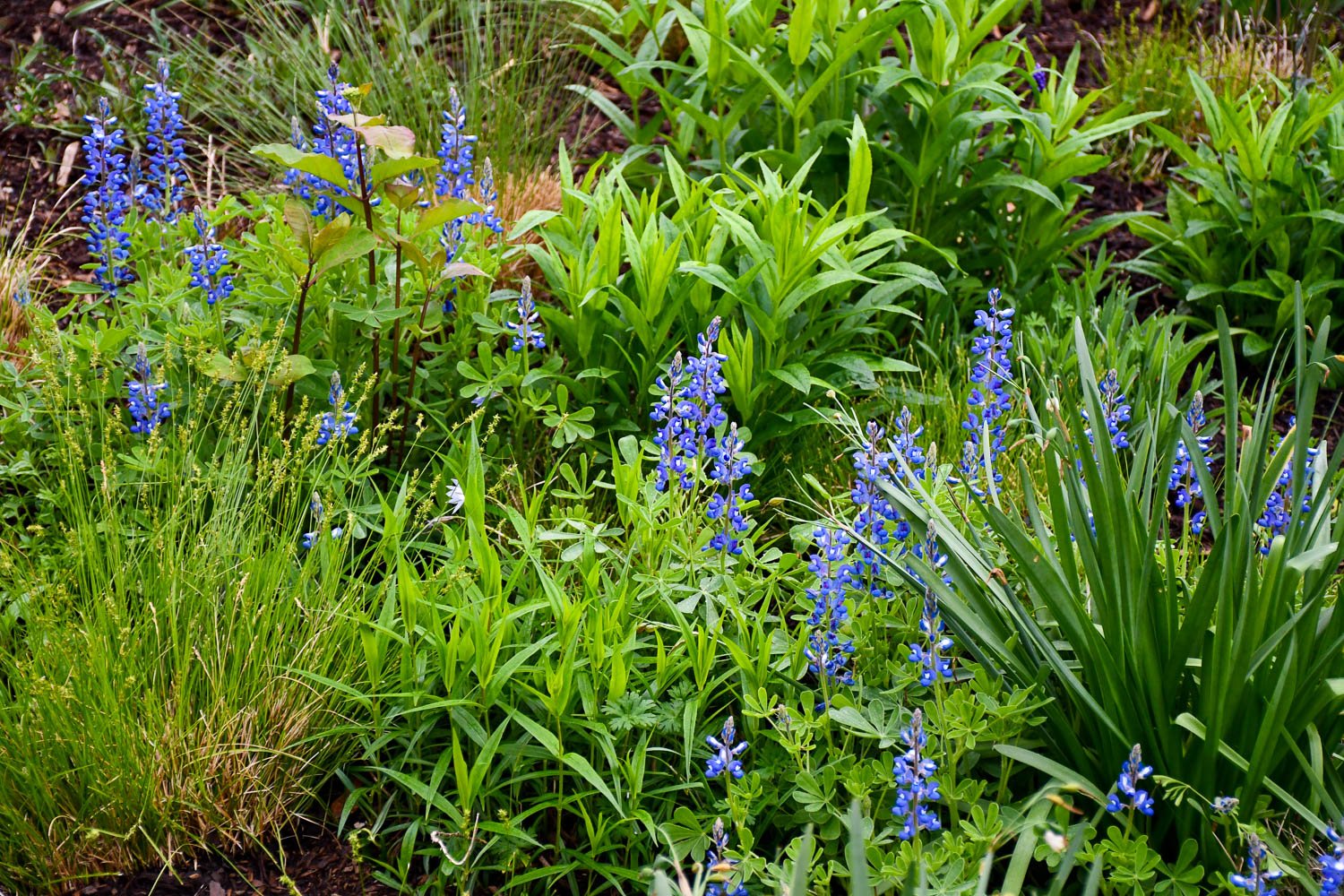I woke up around 3 am to Magnolia crying for her nightly bottle. It was March 19 and the last few hours of winter. I walked into the kitchen, and looked at the thermometer.
35°F. Close. Too close.
Would it stay above freezing for the next couple of hours? I had been tossing and turning already, dreaming about below freezing temperatures. Most plants had already emerged in the garden yet again this year, and I was worried about a repeat of last spring where we had two nights of 26°F that blackened or nipped so many species—persimmons and peaches in the orchard, and in the rest of the garden we lost blooms on Chionanthus virginicus (white fringetree), Nemastylis geminiflora (prairie celestial), Baptisia alba (white wild indigo) and Baptisia sphaerocarpa (yellow wild indigo), Rhododendron austrinum (flame azalea), and more. Gut wrenching.
Loosing the bloom period of a single species is painful because once the buds are nipped, that’s it, and one has to wait another whole year to enjoy the spectacle. But, it hurts even more to see multiple plants lost. I began to wonder with climate change are these our springs to come where a whole wave of bloom may be periodically removed from the garden? And if so, how do we deal with that?
My hope for this year was that this front seemed to lack the punch last year’s did. Instead of two days below freezing, only one was forecasted. So, maybe it wouldn’t be as bad? But, checking multiple websites showed the forecast anything between 29°F–36°F, and living in a little valley makes our garden prone to cold air settling. I can usually count on the temperature being a few degrees colder than the forecast.
The bottle warmed, I gave it to Magnolia, said a little prayer, and laid back down.
A couple hours later I awoke to find it was 33°F, and once it was light out, I went to inspect the damage. Frost was on the top of the house, a few low plants to the ground, and the lowest patch of north facing turf where it always appears first in the fall. But, most things looked ok. I didn’t see that watersoaked appearance that greeted me last year. A sigh of relief swept over me. I felt giddy. The first day of spring was off to a good start.
It’s been almost two weeks since that scare, and I can happily report the garden is flourishing. Spires of Baptisia are coming into color, the peach tree is loaded with so many fruit I need to thin them, and the fringetree appears as a misty haze. The garden looks the best it has ever looked in spring. Having lost several key players last year I don’t think I got to fully see it for what it had become.
There are some gaps in the main beds that I am working to fill. The matrix layer has really begun to knit together with Carex species like Carex texensis (Texas sedge) and Carex flaccosperma (blue wood sedge) I collected on site and have been propagating. I’m making notes about where there’s holes. For example, Vernonia lettermannii ‘Iron Butterfly’ (narrowleaf ironweed) still hasn’t risen yet, and it looks a bit barren in those areas. I’ll underplant the ironweed with something this coming winter.
Carex texensis glows in the morning light.
Or, maybe I’ll just give the task of covering the ground to some self sowers like my bluebonnets? Lupinus subcarnosus (sandyland bluebonnets) are really shining right now. My population has continued to grow from the four flowering plants that I initially started with. They are now quite plentiful along our driveway.
Lupinus subcarnosus thrive along the barren strip of soil next to the driveway.
Lupinus subcarnosus shimmers with dew in the morning light.
I can see the efforts of where I threw seed around into other parts of the garden like the front of the patch and inside it as well. Little slivers of blue are peaking out amongst other plants. I feel like those that self sowed had a better start than those that I broadcast and are now more vigorous, perhaps because the former had more time to get established in the fall.
Lupinus subcarnosus has begun to weave itself between other plants in the garden beds.
But, my goal was to help this plant spread around the garden. So, even if they are a little smaller my core focus was still accomplished.
One day I hope to have a patch of Lupinus subcarnosus this thick at home.
Karen, Magnolia, and I were recently riding the backroads and saw this incredible patch of sandyland bluebonnets just west of town. My hope is to one day have this sight here in our glade where we recently relocated I’d estimate about a thousand Lycoris radiata (spider lily) bulbs. The ground here dries out in the summer, and grass struggles to grow. I thought the Lycoris to be a nice addition for when rains return in the fall, and bluebonnets would be great in the spring. They seem to love filling the barren spots.
The question of how to deal with last frosts after a long warming period jolts most plants into growth is still on my mind. It’s difficult for a gardener to content with 26°F even with frost cloths.
Diversity is one answer. The more rich a planting is with hardy native and adapted species, the more chances yet another species will make it through the cold. It is trial and error, and seeing what works and then replicating that. Sandyland bluebonnets made it through unscathed last year during the cold snap, and that’s just one reason to want more.






